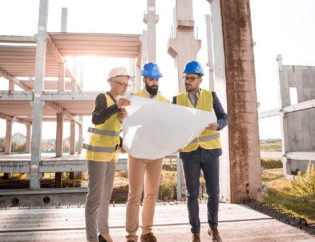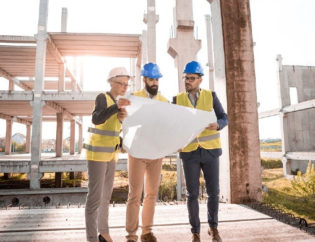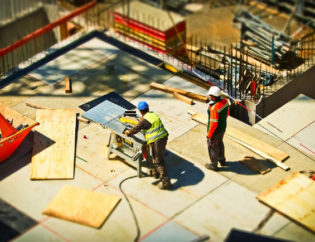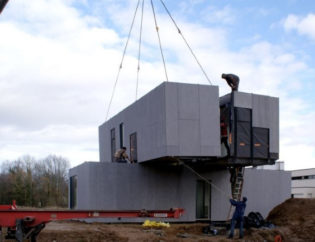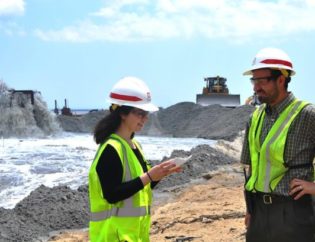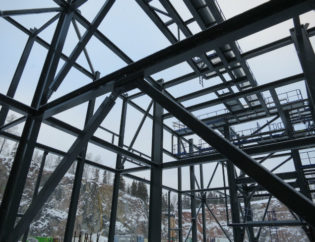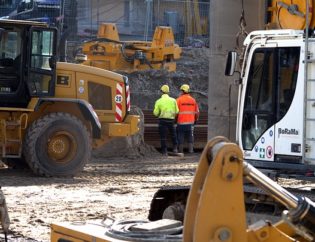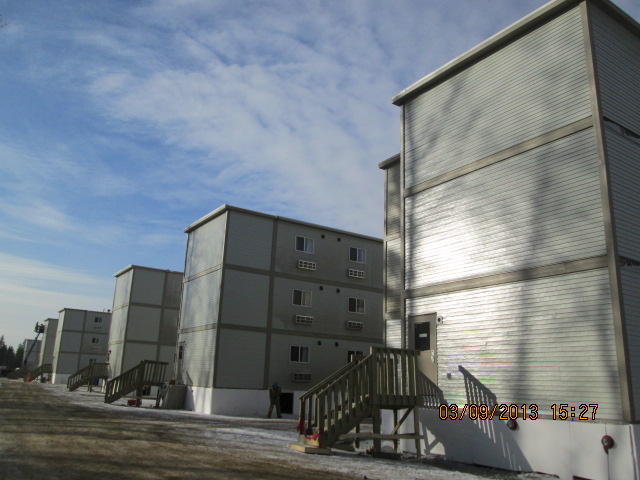
With the constant increase in labour costs, demand for faster construction, and increased considerations in safety and environment, it is difficult to meet these demands with the traditional method of construction. Prefabricated construction is the solution to all these demands. In Canada, pre-engineered steel buildings are not a new phenomenon. These prefabricated structures are the fastest and affordable way to erect any type of commercial or residential structures. If you are new to this concept, this article is for you. Some of these factors are summed up as follows:
1) They Have a History
Pre-engineered steel buildings are not new, and they have a long history dated back in Circa AD 43. The Romans used prefabricated building components to build forts quickly. In the 1500s, the Nonsuch House built in Holland of timber and assembled in London by fixing it with wooden pages. In 1624, simple prefabricated houses were transported by ship to new settlements in the British Colonies. There were hundreds of prefabricated buildings including cottages, churches, and theatres as a part of the British colonies.
2) They Can Be Built Anywhere
Traditional construction problems can include inadequate space for staging, limited access for materials and labour, and restrictions on the use of certain construction methods. There can be interferences for transferring and transporting facility in and out of the site due to congested space, thus delaying the whole process of construction. The prefabrication construction is the only solution in such cases, as it eliminates certain factors such as reduce labour and wastage of materials on site.
3) They Provide With an Array of Designs
If you are thinking that the pre-engineered steel buildings are boring, plain, and too simple, then you are wrong. Many architects are taking modular construction to a whole new level when it comes to design. One such example is – The Crystal Palace in London erected in 1851, was a huge glass and iron prefabricated structure. Prefabricated construction has challenged architects to think differently using prefab techniques. Therefore, in today’s world, architects create far more interesting plans to design them.
4) They Can Come in All Forms and Sizes
Many sectors have opportunities to build pre-engineered steel buildings such as educational institutions, hospitals, data centres, monuments, residential condominiums, garages, restaurants, warehouses, and offices. Since pre-engineered steel buildings are created using a rigid frame steep support, it can be modified as needed. That means, the building can be fairly small (for instance – ten foot by ten-foot storage shed) or a huge place (a 200-foot long arena).
5) They are Versatile and Convenient
It is easy to customise an existing pre-engineered steel building as the modules are made and assembled together like a jigsaw puzzle. They can be dismantled to add or remove a particular section of the building. You can add interior walls or dividers as they are not permanent. They are flexible in terms of walls, floor planning, plumbing, rooting, etc. The on-site technique and remodelling to make it more comfortable, convenient, and time-saving for anyone who wants to opt for a pre-engineered steel building. It is convenient to build a prefabricated building as it is much safer than other methods of construction.
6) They Minimise Your Environmental Footprint
Since the method of constructing pre-engineered steel buildings includes off-site manufacturing, transporting it to the site, and assembling the components, it eliminates the unnecessary wastage of materials. Not only are the materials used for manufacturing are eco-friendly, but are also recyclable for other projects and different purposes. In pre-engineered steel buildings, everything is integrated from the start. Without the need for building materials on the site, noisy on-site machinery or large labour, it dramatically reduces noise pollution. From wall tiles to drainage systems, it provides a lot of amenity options to the client similar to the stick-built building. Due, it reduces the assembly time, minimises waste material, provides a consistent quality level throughout the whole process, and provides a lot of other benefits of the prefabricated building.
7) They Are Reasonable in Price
A pre-engineered steel building reduces the manpower cost, construction cost, labour cost, and material cost making it a cost-effective construction method. They provide a quick and easy way, require less labour, require less time in the construction process, and eliminate most of the process that you incur expenses of the traditional expenses. Even prefab technologies are cost-effective. But do not forget to first evaluate the project on the performance factors such as the operational and capital costs, the project’s scope, the design, construction goals, and the financial risk involved.
8) They Can Be Used as Permanent Buildings
Since pre-engineered steel buildings include the assembling of components, many people tend to think that these buildings are used for temporary purposes and they do not last long. But the truth is that they do last for a very long time and used as a permanent structure. Prefab buildings are constructed on the foundation, hence hold the components close to the ground that are assembled on site. Since the components are manufactured in a factory setting environment, the quality of these materials are high, and they meet the rules and regulations as the traditional environment during the factory setting.
There are many myths about the prefabricated construction that many people tend to have when it comes to considering the prefabrication construction method. With the growing demand for prefabricated construction, its market has paved its way to break these myths and grow exponentially.
